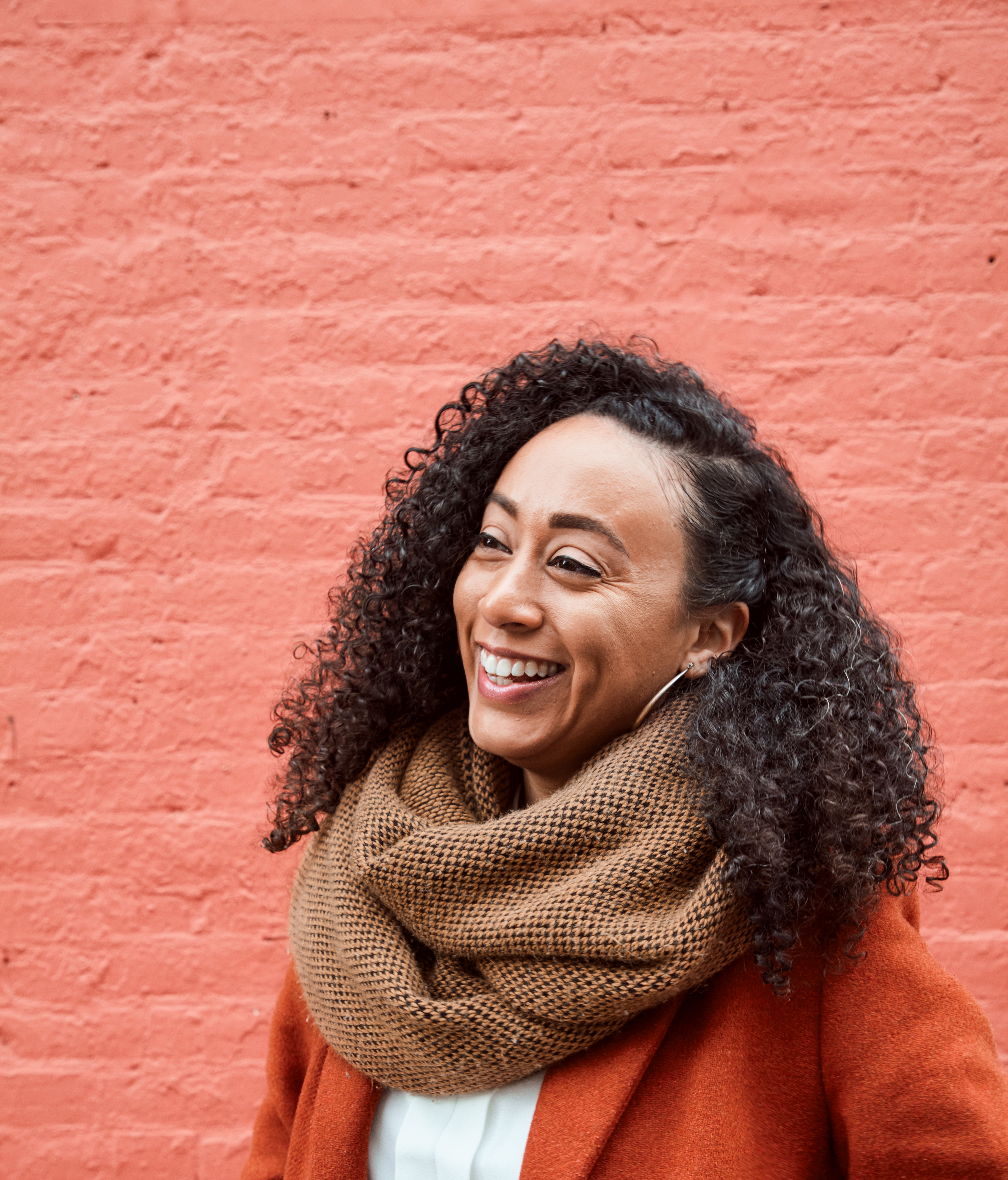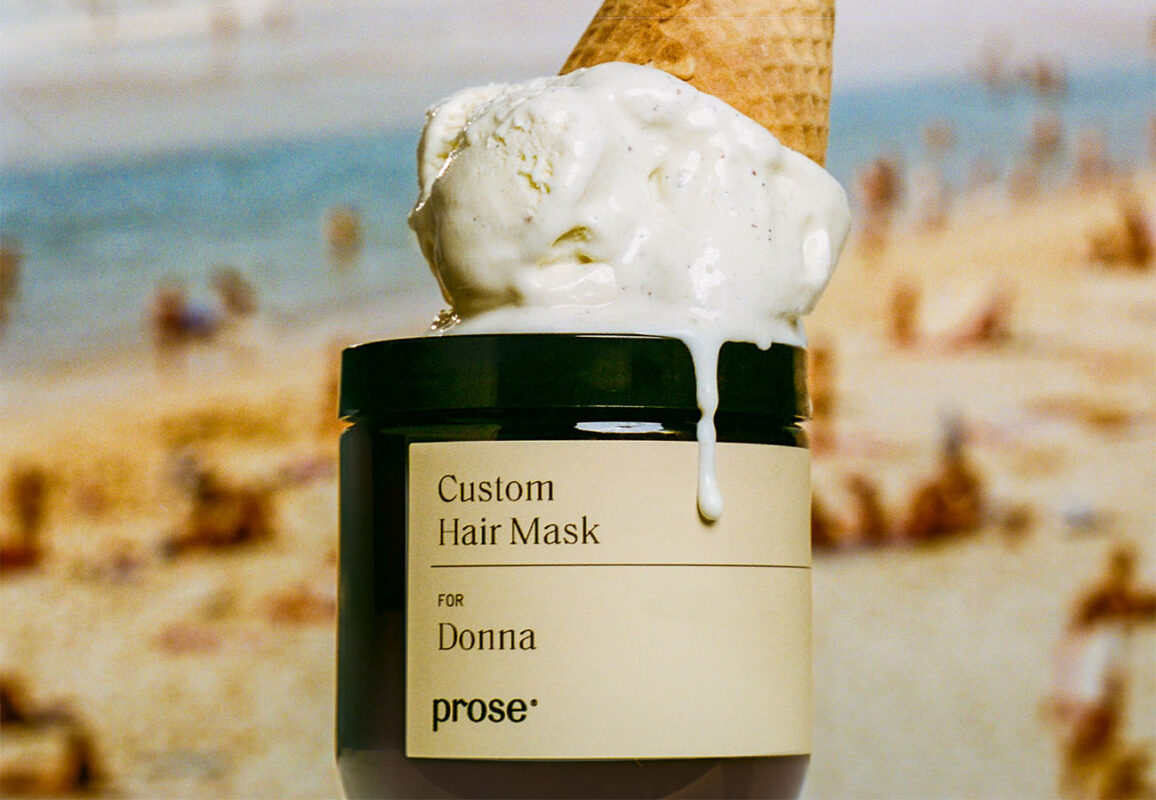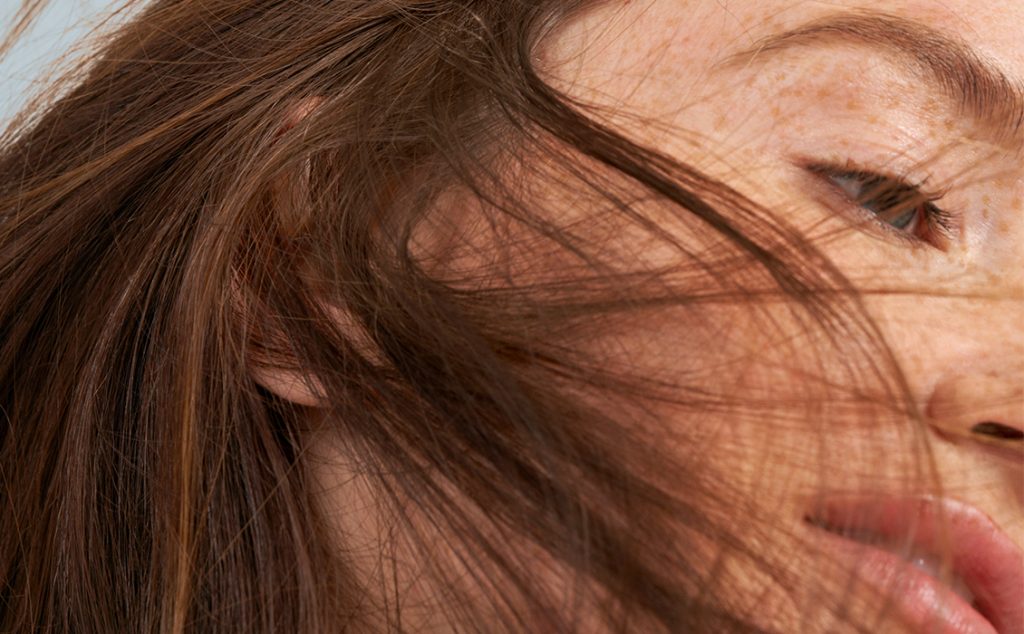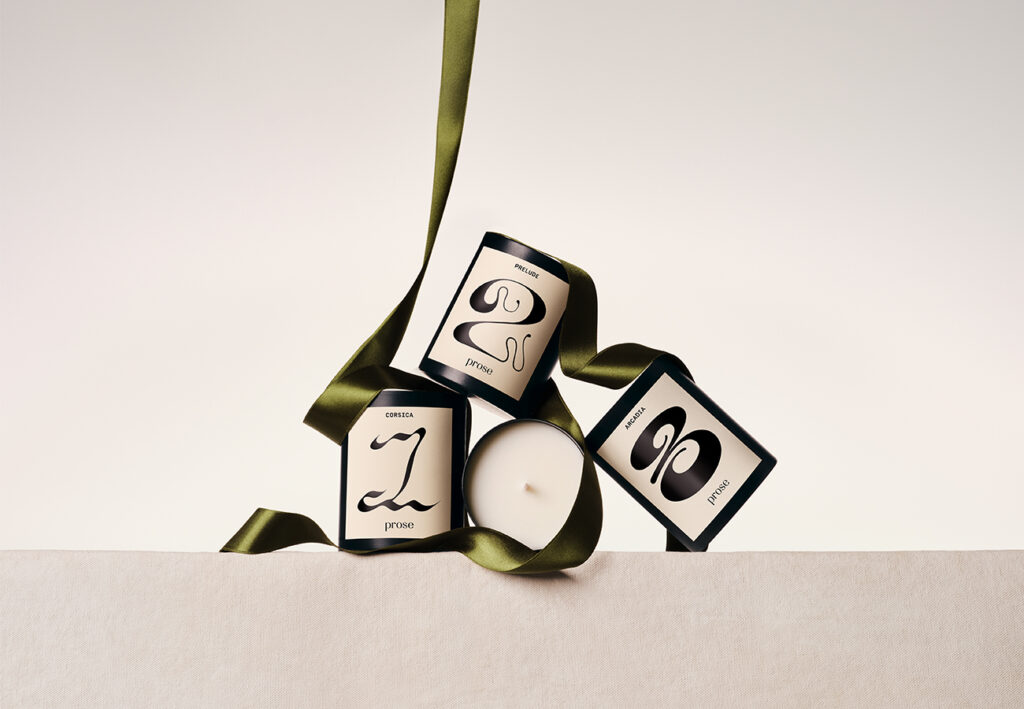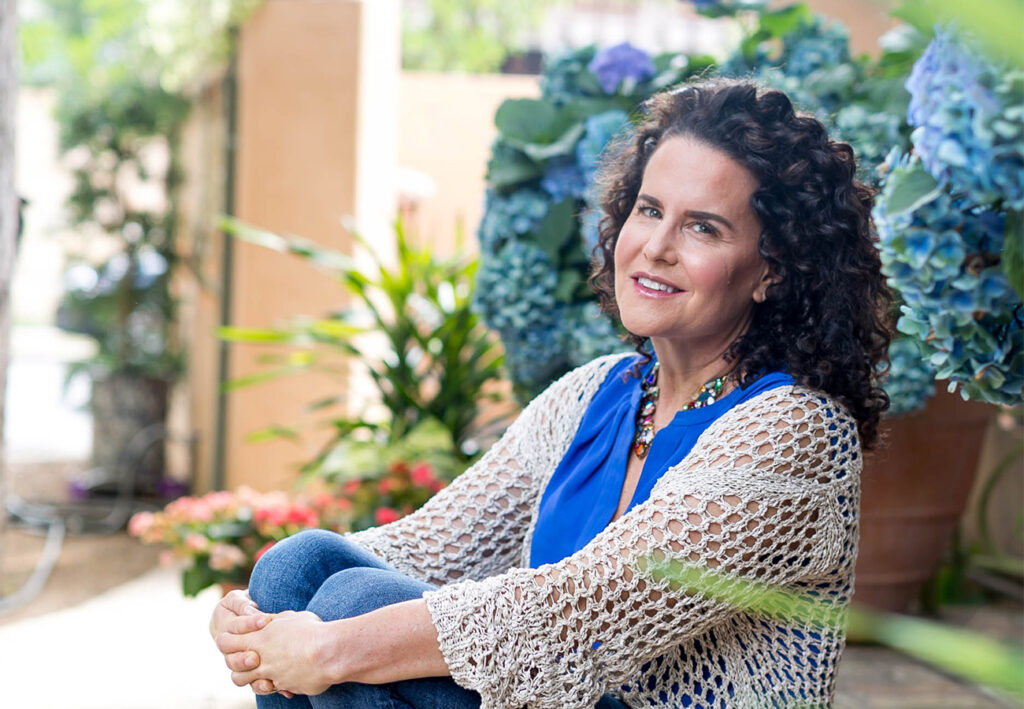Chapter 1: Growing Up Curly
It’s funny — I didn’t always have curly hair. When I was a baby, I had super thick, stick straight hair. So, I don’t know what happened there. As I grew up, it got progressively curlier. First just wavy, then full on curly. Soft curls. That’s how I would describe my hair. For a short while, I enjoyed my curls. Then I hit my teens, and it was all over. I aggressively straightened them away. I just didn’t know what else to do with them. Curls were this whole new texture I had no clue about. As a teen, and especially as a multi-ethnic person, I was very sensitive to the beauty ideals that were culturally popular at the time — long, pin straight hair. The perfect blowout, the perfect length, and it really didn’t allow for much variety. My hair was no longer straight, but the standard of beauty said that it should be. You’re so much more susceptible to that stuff when you’re younger.
I’m lucky that my family was always supportive of my natural hair texture. In both black and Latin cultures, curly hair is not always considered “good” hair. But my family never made me feel out of place and were big fans of my curls in general. My mom used to tell me, “Have curls. You were meant to have curls. They’re so beautiful, just wear them.”
Chapter 2: Starting Over
Everything changed after I went through a pretty traumatic hair event. For the sake of “convenience” — and really, there was nothing convenient about this experience — I got my hair chemically relaxed. But the stylist double- processed my hair and it ended up totally fried. The damage was so bad that I had to cut off the majority of my hair. It was an emotional low. I felt really vulnerable. After that horror, I was forced to learn two things: patience, and acceptance of myself. Waiting for my hair to grow back required tons and tons of patience.
But it grew back eventually, and when I first saw my curls — all my curls — without any of the relaxer damage, it was really powerful. I thought, oh wow — this really is all me. I realized how beautiful it was, just the way it was naturally. It’s crazy, all those years of fighting and repressing was a waste of time. It was the first time I felt true acceptance of myself. To see myself and not fight it, but just accept it — it was an overwhelming feeling.
Chapter 3: Accepting All of Me

I’ve never felt more like my true self than when my hair was 100% curly. I have become so much more mature and comfortable in my own skin. One big thing that changed is I’m no longer willing to compromise my health . Not just with my hair, but with my whole body.
I’m not willing to put crap in my hair anymore to achieve a certain look. I’m not willing to pull it back in a tight ponytail or bun, when I know it makes my hair fall out. Now I think about what I can do to maintain and work with my hair rather than trying to control it. That’s pretty much my philosophy for how I live my life now. I work with all of my perceived flaws and challenges. Oftentimes, it turns out that they’re not flaws at all.
My hair is just like me — I have good days, I have bad days. I have big days, I have flat days. I try to embrace all the things about me. It has done wonders for my confidence and self-esteem. I’m really happy seeing women embrace themselves more these days. Beauty is connected to health, and it doesn’t come from anything on the outside. It comes from within and how you take care of yourself.
Chapter 4: Power in Heritage
I think a lot about the women in the past who had less freedom to do what they want or wear their hair how they want. Wearing my hair big and curly is an act of defiance for me. It feels like I’m paying homage to the women before me who couldn’t do it. The women who, like me, were told curly hair looked “unprofessional” — what is that even about? How can a hair texture be unprofessional? This is my natural hair!
I’m not interested in taming myself anymore. As a grown-ass woman, I would like to walk into my space and do my thing and just be myself. I wish for other curly-haired girls to feel that same confidence. I also think a lot about the younger generation. I want to set an example for them that embracing your curls is beautiful.
An aunt of mine recently passed, and she used to always wear her hair in a crown braid wrapped around her head. I never really saw her curls until she was sick, and I realized we have the exact same curl. The connection I felt to her through our curls was so powerful. I’ve always connected more with my mom’s side of the family, but in that moment, it hit me just how much I get from my dad’s side. I thought about the women from my dad’s side and how they embrace and love themselves or don’t. I get a little emotional thinking about it, because I think about how my curls came from my dad, who’s sadly passed. Embracing my curls feels like embracing him. He had super curly hair. It was so cute — even when he was losing his hair, he said, “I’m not letting go of my curls.”
When I look in the mirror today, I see power. I see heritage and family. I see my ancestors in me, and I see the beauty now only because I’m finally open and willing to seeing it. I think of resistance and the ability to be yourself and not forget your ideas and what you think. This is who I am, and I am so much happier today having realized that.
More about our Down to the Root series:
Hair is a large part of our identity. No matter if you wear your hair long, short, straight, curly, loc’ed, natural, or have none at all.
Our relationship with our hair has ups and downs, triumphs and struggles, all of which are reflected in who we are today.
Hair is often a direct link to our heritage, passed down from generation to generation and worn as a crown on our head. Or, is it a cross to bear?
In the first edition of our Down to the Root series, we share intimate stories of acceptance, personal history, and coming of age from real people. While each is truly unique, the common thread is the emotional impact that culture, both here and abroad, has had on their hair story.

